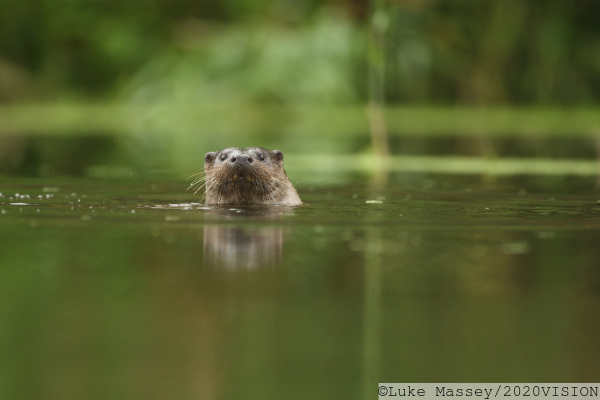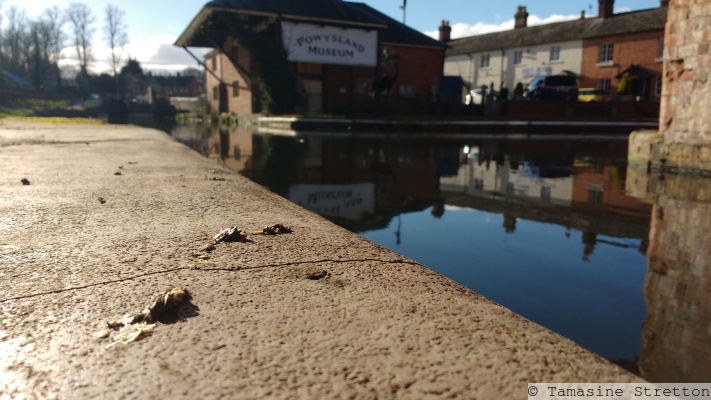European Otter
Lutra lutra
<
>


 Type
Type Mammal
Mammal Status
Status Protected
Protected Near Threatened
Near Threatened Season
Season Spring
Spring Summer
Summer Autumn
Autumn Winter
Winter Look out for otter spraints, or droppings, along the canal edges and under the bridges. Around Wern and Welshpool are both hotspots.
One of our top predators, the elusive European Otter feeds mainly on fish, particularly eels and salmonids, but will eat amphibians and crustaceans too.
These semi-aquatic mammals are seldom seen because they're primarily nocturnal. During the day they sleep in 'holts' hidden away in vegetation at the water-side. They have their cubs in these underground burrows, and their young are normally in the water, being taught to swim by Mum, by 10 weeks of age.
Otters are well-suited to a life on the water; they have dense fur to keep them warm, webbed feet to aid swimming and they can close their ears and nose when underwater. They have large territories; a single individual spotted on the Montgomery Canal - a stronghold for these animals, where they feed - is also likely to make use of the nearby River Severn, as well as many smaller watercourses.
They require clean rivers, with abundant food and plenty of vegetation to hide their secluded holts '- this is why otter populations are under threat, with river pollution and habitat loss playing major roles in their plummeting numbers.
Otters are large (60-80cm long) mammals with grey-brown fur, broad snouts and pale chest and throat.
It's usually easier to see signs of them, such as five-toed footprints (6-7cm long) and droppings or 'spraints' which are dark in colour, usually contain visible fish bones and don't smell unpleasant, just musty or like jasmine tea.


